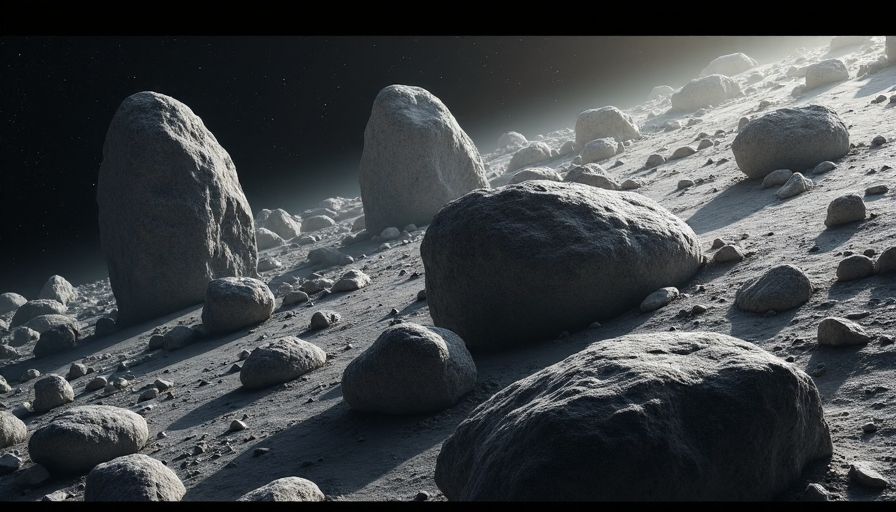
Japan Researchers Harness AI to Accelerate Asteroid Rock Analysis

Revolutionary Discovery in Space Rock Identification
A team from the University of Tokyo has made a groundbreaking leap in space research by employing artificial intelligence to analyze asteroid photographs. Their innovative method has allowed them to quickly determine the size, location, and shape of approximately 200,000 rocks on two distant asteroids.
Bridging Space Science and Practical Earth Applications
Asteroid Missions and Data Collection
The asteroid Ryugu's detailed images were captured by Japan's Hayabusa2, an unmanned probe that has been pivotal in collecting extraterrestrial data. Meanwhile, the U.S. probe Osiris-Rex performed a similar mission for asteroid Bennu. The collaborative results, published in the respected journal Scientific Reports, mark a significant stride in using AI for detailed planetary analysis.
A Leap Towards Enhanced Civil Engineering and Disaster Prevention
Led by project researcher Yuta Shimizu and Professor Hideaki Miyamoto, the team envisions their discovery transcending planetary science. This novel approach may soon inform innovative practices in civil engineering and disaster prevention on Earth. By effectively mapping asteroid rocks, researchers indicate that similar AI-driven techniques could predict structural stability and enhance safety protocols in urban planning.
A Journey of Innovation and Future Prospects
The integration of AI in space exploration exemplifies a powerful union of technology and science. As this method evolves, it promises to open new avenues for both cosmic discovery and terrestrial applications, potentially transforming how challenges in construction and emergency management are approached.
The research not only propels our understanding of asteroids but also demonstrates the potential long-term benefits of space technology on everyday life. This breakthrough stands as a beacon for future interdisciplinary innovations linking space exploration with direct, impactful benefits for society.
Note: This publication was rewritten using AI. The content was based on the original source linked above.